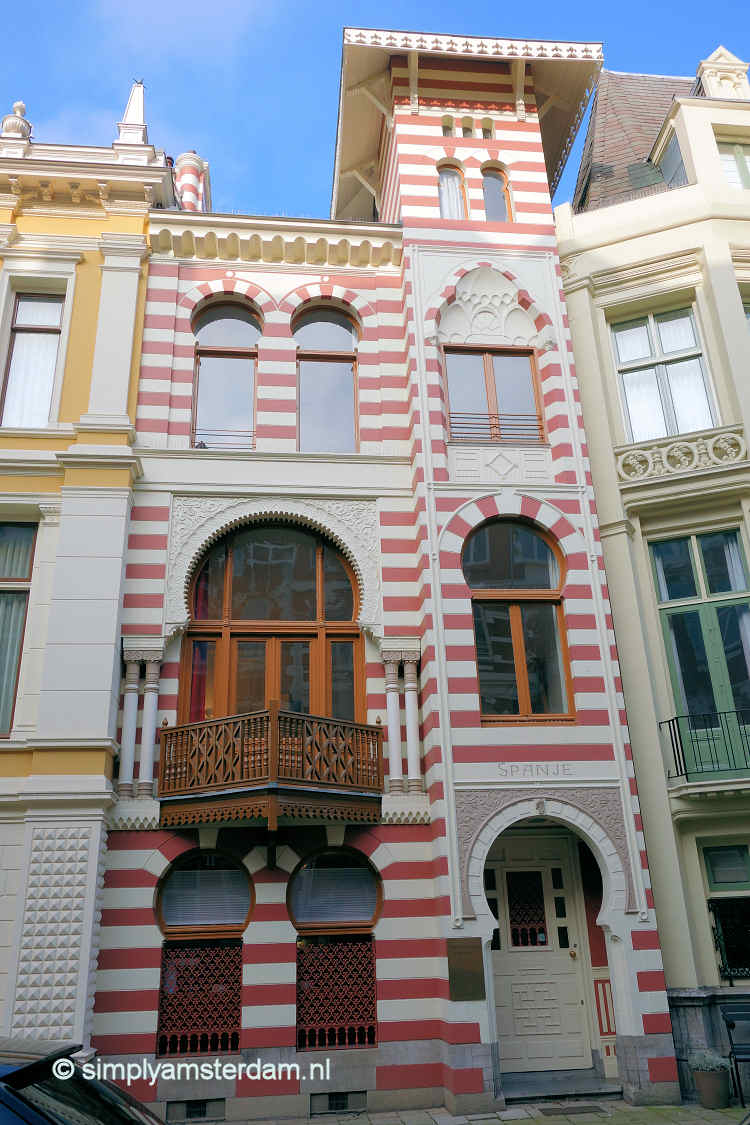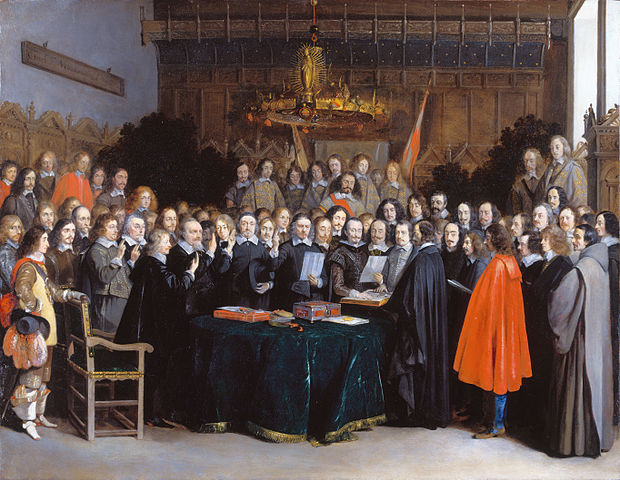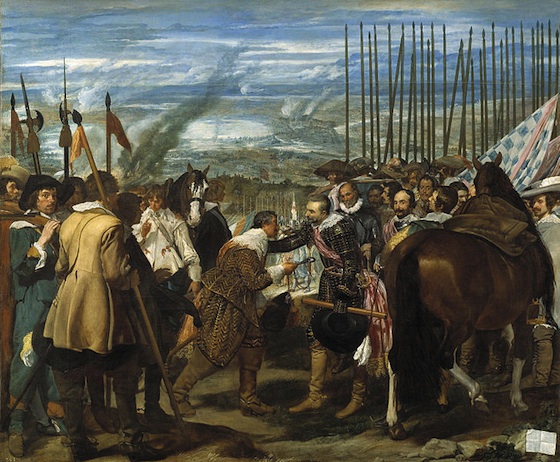With civilization under attack from both terrorists and demagogues, the idea of a blog post nit-picking President Obama’s Spanish definitely feels — trivial. However, we all do what we can. I have no idea how to bring about world peace. But I hope that by sharing some useful insights into the world’s second-most-spoken language, I might, in my own way, bring the world a little closer together.
Terry Byrne of USA Today pointed out to me that Obama mistakenly said Es un nueva día ‘It’s a new day’ in his introductory remarks at his joint press conference with Raul Castro. This occurs toward the end of the clip below. Because día is masculine, the correct Spanish would have been un nuevo día. I also noticed that Obama began his remarks by wishing the audience Buenos tardes ‘Good afternoon’ instead of Buenas tardes, with the -as ending on buenas matching the feminine gender of tardes.
Noun gender — the difference between masculine and feminine nouns — poses a steep challenge to English speakers. The fact that Obama made these mistakes even though the correct Spanish was surely written in his notes reflects this difficulty. Beginners tend to ignore gender completely, especially when adjectives are separated from their controlling nouns (e.g. La casa es bonita). Even advanced non-native speakers make mistakes. I know that I still do, from time to time.
While Obama’s two mistakes — buenos for buenas and nueva for nuevo — both involved gender, they had different triggers. The first mistake was most likely a carry-over from the more common expression Buenos días. The fact that tarde ends in an -e, so that its gender is not obvious, may have played a contributing role. The second mistake was undoubtedly driven by the fact that día appears to be feminine because it ends in -a. In an earlier post I explained the historical roots of this irregularity. Essentially, dies, the Latin source of día, was the lone masculine among a set of Latin words (the “fifth declension”) that all came to have -a endings in Spanish. Others include materia/madera (both from Latin materies), especia (from species), and rabia (from rabies).
It’s particularly interesting that Obama correctly said un (masculine) and then changed the next word, nuevo, to nueva (feminine). I can think of two reasons why this happened. The first is that un isn’t as obviously masculine as nuevo because the final -o of uno is dropped in this context. The second is that nuevo immediately precedes día, so that the -a ending of día might have exerted a stronger pull.
Changing gears from linguistics to literature: in the speech that Obama gave in Cuba the next day, he quoted the Cuban poet José Martí’s “Cultivo una rosa blanca”, which alludes to the possibility of peace between long-time enemies. You can hear this reference at 1:30 in the clip below. I got a big kick out of this quote because I had just assigned the poem in my intermediate Spanish class. I can’t think of a better, and more timely, demonstration of the importance of literature!








